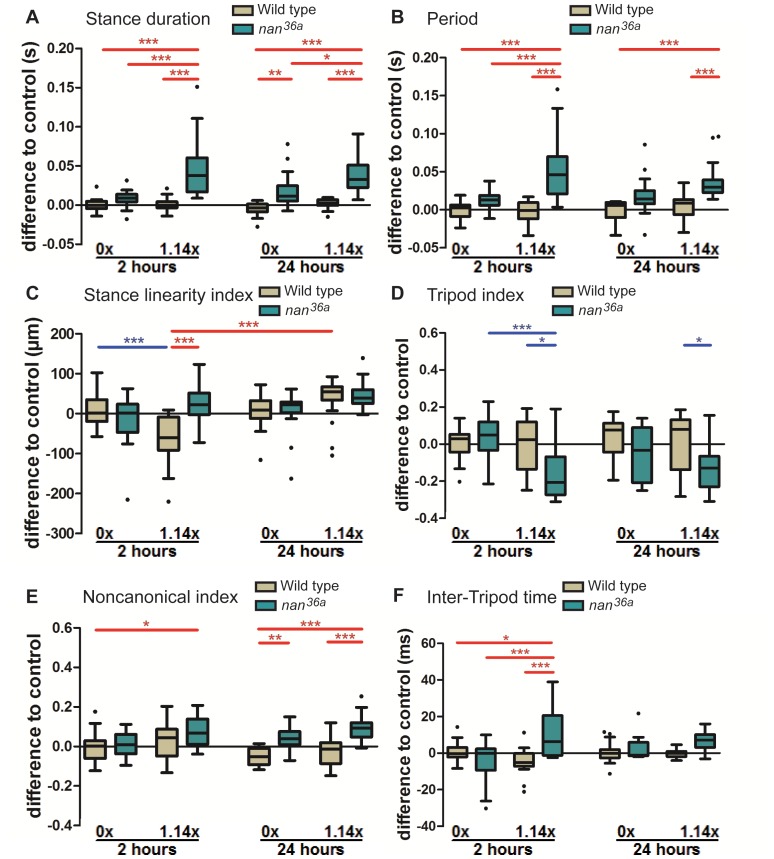Figure 7. Effects of chordotonal organ deprivation while weight bearing.
Box plots represent the median as the middle line, with the lower and upper edges of the boxes representing the 25% and 75% quartiles, respectively; the whiskers represent the range of the full data set, excluding outliers. Circles indicate outliers. Statistical significance was determined using 3-way-ANOVA with post-hoc t-tests, where * p<0.05; ** p<0.01; *** p<0.001. Statistically significant increases or decreases are indicated in red and blue, respectively. (A) Stance Duration. Only weighted nan36a flies show increased stance duration, and this effect occurs independently of time. (B) Step period only increases significantly for weighted nan36a flies in a time-independent manner. (C) Stance linearity index. Animals carrying intermediate weights display a less wobbly stance phase 2 hours after weight bearing, this effect is absent in nan36a flies. (D) Tripod index. Sensory deprived nan36a flies display a significant reduction in the use of tripod configurations during weight bearing. (E) Non-canonical index. nan36a flies weight bearing show an increase in non-canonical configurations in a time-independent way. (F) Inter-Tripod time. Weight bearing nan36a flies display an increased transition time between tripod configurations. This effect is only visible after 2 hours of weight bearing.

